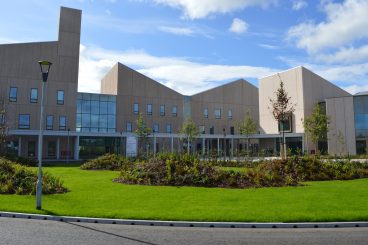The recently-published booklet documents the life of William Halliday, who was born into poverty in Ruthwell in 1827.
In 1852 he left his job as a ploughman to join the gold rush to Australia, joined by his new bride, Marion Irving from Mouswald.
When they arrived in Victoria they abandoned their golden ambitions, and instead William went to work on the profitable sheep stations.
He was eventually able to buy his own land, and in 1973 he purchased the 170,000-acre Brooking Station in New South Wales, where he built up a flock of over 300,000 sheep.
This success brought him immense wealth, and Halliday was a generous donor to many causes.
After a period as a magistrate and shire councillor, in 1885 he was appointed to the New South Wales Legislative Council, making him one of the most well known people in colonial Australia.
However, he did not forget his Dumfriesshire roots, and he returned to his place of birth for a short visit a year after his parliamentary appointment.
In Melbourne he became the president of the Dumfries Burns Statue fundraising committee, and he was in contact with several other Dumfriesshire natives who became prominent members of Australian society.
The new booklet by Rene Anderson charts Halliday’s life from his early life in Ruthwell through to his days as a powerful politician and landowner.
Proceeds from the sale of the booklet will be donated to Ruthwell Church and local museums, and copies are available at Dumfries Museum and the Devil’s Porridge in Eastriggs.
























